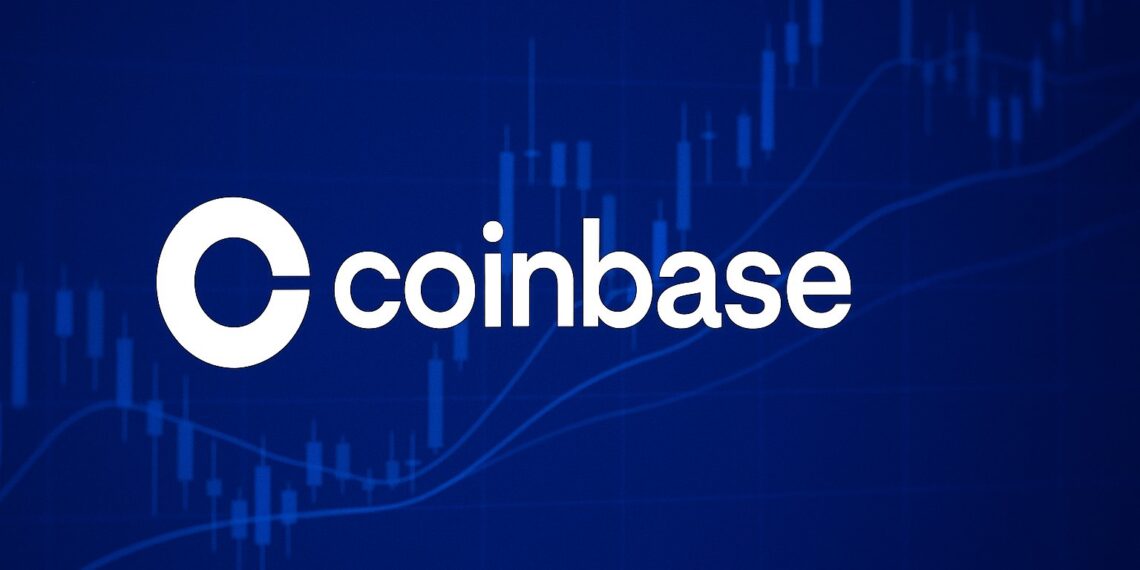Why this quarter matters for the COIN story
Coinbase’s multi-year pivot from a trading-cycle proxy to a platform with recurring revenues is the crux of the investment case. The September quarter (Q3 FY2025) provides a fresh read on:
- Subscriptions & Services durability
- USDC & interest income: Balance levels and yield dynamics.
- Staking: Participation, reward rates, and regulatory posture.
- Custody & Prime: Mandates, assets under custody, and fee capture.
A steady, compounding services base is what underwrites margin resilience through crypto volatility.
- Transactions: retail vs. institutional
- Retail: Sensitive to spot prices and intraday swings; mix shifts can change the take rate.
- Institutional & derivatives: Growing derivatives penetration can boost revenue per unit of volume while smoothing cycle risk.
- Expense discipline and operating leverage
- Investors want a clean opex run-rate, less noise from investment marks, and clear guardrails for expense growth into 2026.
- Regulatory and international expansion
- Progress on licenses, derivatives venues, and custody frameworks abroad can reshape medium-term revenue mix.
What the Street will parse first (and why it moves the stock)
- Top line composition: Services growth vs. transactions sensitivity is more important than the absolute revenue number.
- Take rate & elasticity: A small shift in realized pricing or retail/institutional mix can swing outcomes disproportionately.
- Gross margin by line: Services carry superior margins; mix effects matter as much as cost inputs.
- Operating expenses: Evidence of sustainable cost control (technology, compliance, go-to-market) supports multiple stability.
- Capital intensity & investment marks: Clear separation of recurring performance vs. one-offs keeps the quality-of-earnings debate tidy.
- Commentary on Q4/Holiday setup: Even without formal guidance, qualitative color on volumes, derivatives, and institutional pipelines shapes near-term expectations.
Scenario analysis: framing the post-earnings path for COIN
Bull case (upper end of a typical implied band):
- Services outperforms on USDC yield share and staking, plus better-than-modeled derivatives/prime traction.
- Clean opex and stable unit economics.
- Management’s tone on institutional adoption skews constructive.
Base case (move near the implied band):
- In-line to modest beat; Services offsets a mixed transactions print.
- Opex normalization with limited one-off noise.
- Balanced commentary on derivatives and custody mandates.
Bear case (downside skew):
- Softer take rate or volumes pressure transactions; Services growth decelerates vs. recent cadence.
- Heavier opex or ambiguity around expense trends.
- Guarded regulatory/international updates.
KPI checklist for your earnings model
- Net revenue by segment: Transaction vs. Subscriptions & Services.
- USDC economics: Average balances, yield, revenue share mechanics.
- Staking: Active balances, reward rates, and take rates.
- Custody/Prime: Assets under custody, mandate wins, and fee capture.
- Derivatives: Volume share and monetization vs. spot.
- Take rate: Retail vs. institutional dispersion.
- Expenses: Technology & development, sales & marketing, G&A; headcount and unit costs.
- Balance sheet: Cash, stablecoin float dynamics, and capital allocation levers.
Trading lens: how the tape tends to react
- Quality of earnings > headline beat: The market pays up for repeatable services revenue and clean margins, even if transactions are choppy.
- Mix beats matter: A modest revenue beat led by services often travels further than a larger, volume-driven beat with weak take rates.
- Guide-by-commentary: Tone around Q4 activity and institutional pipelines can dominate next-day price action.
Risks and wildcards to watch
- Macro/volatility: A late-quarter spike in crypto volatility can distort run-rate assumptions for both volumes and pricing.
- Regulatory cadence: Positive or negative developments (U.S. and abroad) can change addressable profit pools quickly.
- One-offs: Investment revaluations or non-recurring items can blur GAAP vs. underlying trends.
FAQ
When is Coinbase reporting Q3 2025 results?
Coinbase typically reports after U.S. market close; check the company’s investor relations page for the exact time in your timezone.
Which metrics will move the stock most?
The split between Subscriptions & Services and Transaction revenue, realized take rate, and the expense trajectory.
How big is the typical earnings move for COIN?
Historically, options pricing around earnings often implies a large, single-digit to low double-digit percentage swing, reflecting the stock’s sensitivity to crypto volatility.
What would constitute a “high-quality” beat?
Services-led upside with clean opex, stable take rates, and constructive commentary on derivatives and institutional adoption.
Bottom line
For this print, quality beats quantity: if Coinbase shows services-led resilience with clear operating discipline and healthy unit economics, the market will likely reward the stock—even if trading volumes are merely okay. A wobble in take rate, a slower services cadence, or messy one-offs could overshadow otherwise decent headline numbers.
Disclaimer
This article is for informational purposes only and does not constitute investment advice, an offer, or a solicitation to buy or sell any securities or digital assets. Investing involves risk, including the possible loss of principal. Always conduct your own research or consult a qualified financial advisor before making investment decisions.








